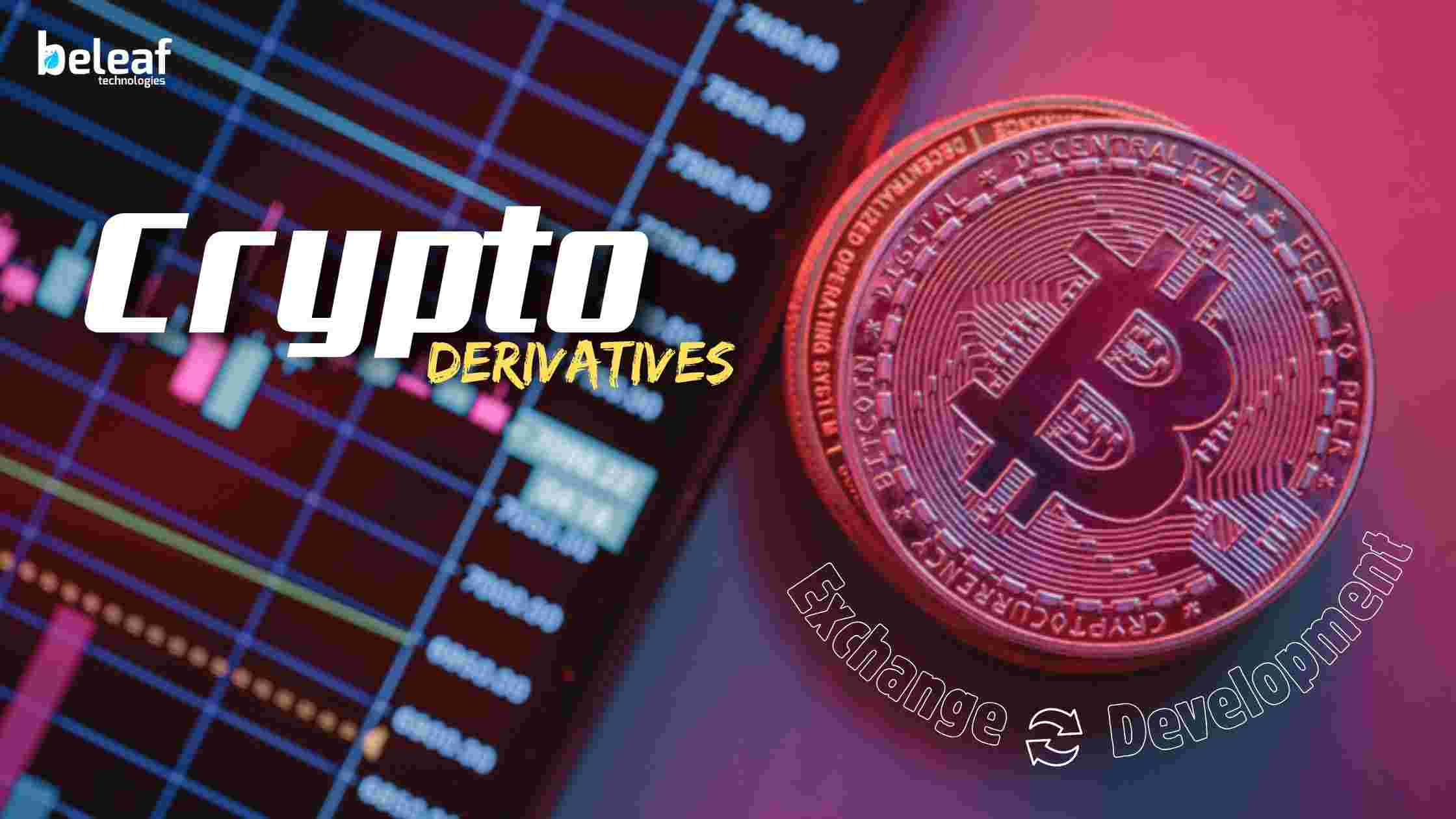In today’s fast-evolving financial world, cryptocurrency markets are no longer just about simple buying and selling. Beyond spot trading, a more sophisticated system has emerged in crypto derivatives exchanges. For business leaders, investors, and startups, understanding the development of these exchanges is crucial for staying competitive and informed in a digital-first economy. This article breaks down the essential concepts behind crypto derivatives exchange development, providing clarity on what they are, how they function, and why they matter.
What Are Crypto Derivatives?
Derivatives are financial contracts whose value is tied to an underlying asset, such as Bitcoin or Ethereum. Instead of directly owning the asset, traders use derivatives to speculate on its future price movements. This opens opportunities for:
-
Hedging risks by protecting against sudden market swings.
-
Leveraging capital to access larger positions with smaller investments.
-
Expanding strategies through options, futures, swaps, and perpetual contracts.
Why Derivatives Exchanges Matter
A crypto derivatives exchange is the backbone where these contracts are traded. Unlike traditional crypto exchanges that focus only on spot trades, derivatives exchanges unlock new dimensions:
-
Liquidity expansion: By allowing traders to enter bigger markets without full ownership.
-
Market maturity: Attracting institutional investors who demand advanced instruments.
-
Price discovery: Helping the market reflect real-time expectations and trends.
For companies and entrepreneurs, derivatives exchanges symbolize the next step in financial infrastructure, bridging traditional market practices with blockchain-driven transparency.
Core Components Of Exchange Development
Building a crypto derivatives exchange is more than creating a trading platform. It requires layers of functionality that ensure trust, efficiency, and usability. Key components include:
-
Trading Engine – The heart of the exchange, matching buy and sell orders instantly and accurately.
-
Risk Management System – Essential for margin and leverage calculations, ensuring positions are balanced and secure.
-
Liquidity Management – Attracting sufficient market makers and ensuring smooth trade execution.
-
User Interface – Intuitive dashboards for both novice and professional traders.
-
Security Infrastructure – Protecting assets through encryption, multi-signature wallets, and fraud detection systems.
A well-developed derivatives exchange balances performance with reliability, enabling users to trust the system while pursuing their strategies.
Regulatory and Compliance Considerations
No exchange can operate in isolation. Regulations shape the way derivatives platforms are developed and maintained. Compliance ensures:
-
Investor trust, as rules protect participants from unfair practices.
-
Global accessibility, since legal clarity attracts broader user bases.
-
Long-term sustainability, as regulation keeps platforms aligned with evolving laws.
For businesses and investors, understanding compliance is as vital as understanding the product itself.
Benefits For Businessmen, Startups, And Investors
The real power of crypto derivatives exchange development lies in its impact:
-
For Businessmen: A chance to diversify portfolios and understand new market mechanisms.
-
For Startups: Opportunities to create platforms or services supporting this growing ecosystem.
-
For Investors: Advanced tools to hedge, speculate, or manage digital asset exposure efficiently.
By grasping the fundamentals, these groups can position themselves advantageously in the digital finance landscape.
Future Outlook Of Derivatives Exchanges
The journey of crypto derivatives exchanges is just beginning. With innovations like decentralized derivatives platforms, cross-chain trading, and AI-driven analytics, the future promises:
-
Greater transparency through decentralized protocols.
-
Wider adoption as institutional players enter.
-
Enhanced stability with better risk control mechanisms.
Conclusion
Crypto derivatives exchange development represents more than technology; it's a bridge between traditional financial systems and digital innovation. By understanding its key concepts, businessmen, startups, and investors gain the knowledge needed to navigate emerging opportunities. While the industry evolves, one fact remains clear: mastering these fundamentals is the first step toward leveraging the true potential of modern financial markets.




